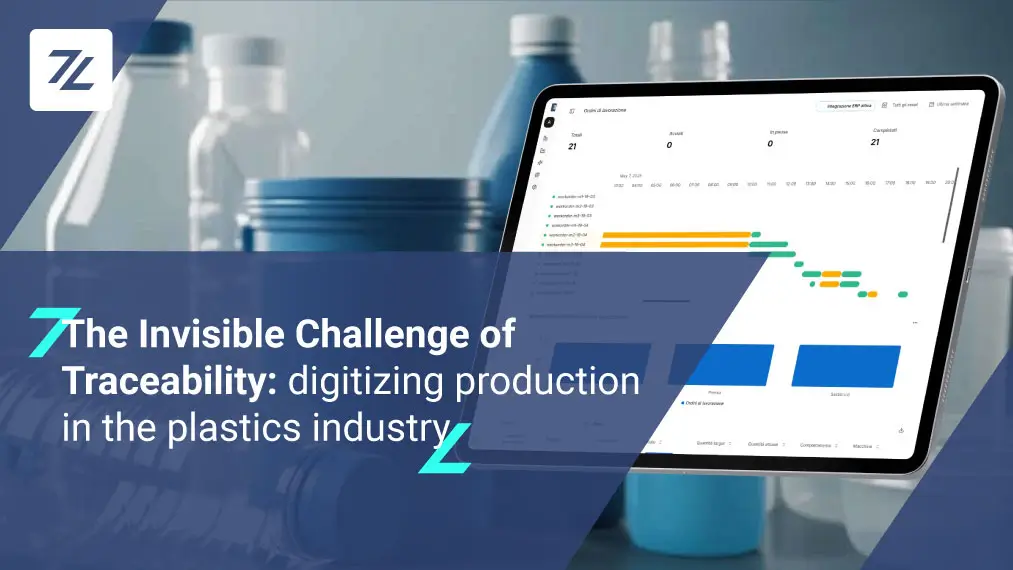Are you curious how some companies produce goods or services with the lowest possible costs while maintaining high quality? The secret lies in production efficiency.
Maximizing output and minimizing input are two important principles that help businesses achieve production efficiency. But what if there was a way to take it further and reduce production costs even more? That’s where the Industrial Internet of Things comes in.
With IoT technology, businesses can monitor real-time machine and equipment performance, prevent unexpected failures, and identify inefficiencies in their production processes. In this post, we’ll dive into the world of Industrial IoT and explore how it’s helping businesses reduce production costs and improve overall efficiency.
So, let’s get started!
What is production efficiency?
Production efficiency is the ability of a company to produce goods (or services) with the least possible costs while maintaining the desired quality.
The key principles here are:
- Minimizing input – the labor required to produce something, the energy consumption, and the number of raw materials.
- Maximizing output – the maximum amount of goods or services possible using the resources available
Nowadays, a maximized output can be achieved with the help of IoT technology. For example, predictive maintenance: IoT solutions can monitor the performance of machines and equipment in real-time and detect any signs of wear and tear before they cause a breakdown. This helps companies avoid unplanned downtime and maintain the optimal performance of their equipment, leading to higher output and lower costs.
How to calculate production efficiency?
There are several methods to calculate production efficiency, but one common approach is to use the following formula:
Production Efficiency = (Actual Output / Potential Output) x 100%
Let’s go over this formula to clarify things. The Actual Output is the number of goods/services produced during the period you are measuring. And the Potential Output is the number of goods and services that could have been produced during that period in ideal conditions.
So, if, for example, you produced 178 products during the period, and the potential Output was 210, this is the calculation of Production Efficiency:
Production Efficiency = (178 / 210) x 100%
Production Efficiency = 84.76%
Reducing costs in production with Industrial IoT
It’s well known that the Industrial Internet of Things has been playing a vital role in reducing costs in production. But the question is: How?
Real-time collection and analysis
Usually, the first step in optimizing production is setting up real-time monitoring.
To be more precise, IoT technology provides real-time data collection and analysis, which is a significant advantage in reducing costs in production. Let’s take a look at how that works.
With IoT sensors and devices installed on machinery and equipment, manufacturers can gather data on the performance and usage of their assets. This data is transmitted in real-time to a central database, where it can be analyzed and used to optimize production processes.
Minimized downtime
Building on real-time data collection and analysis, we benefit from minimized downtime.
With all this data, manufacturers can detect issues early and prevent equipment failures before they occur. An added benefit is that manufacturers can schedule maintenance during non-production hours, minimizing downtime and reducing costs associated with unexpected failures.
Better operational efficiency
Overall all this gives manufacturers better operational efficiency. By using IoT sensors and devices, manufacturers can collect real-time data on various aspects of their production processes, including:
- energy consumption,
- workflow, and
- machine performance.
This data can then be analyzed to identify inefficiencies, bottlenecks, and areas where improvements can be made.
To learn more about the efficiency of production in the industrial sector, here is another in-depth article on which solutions to monitor production, track orders, and obtain greater visibility thanks to IoT technologies.
Share This Story, Choose Your Platform!
Follow Zerynth on
Latest Posts





